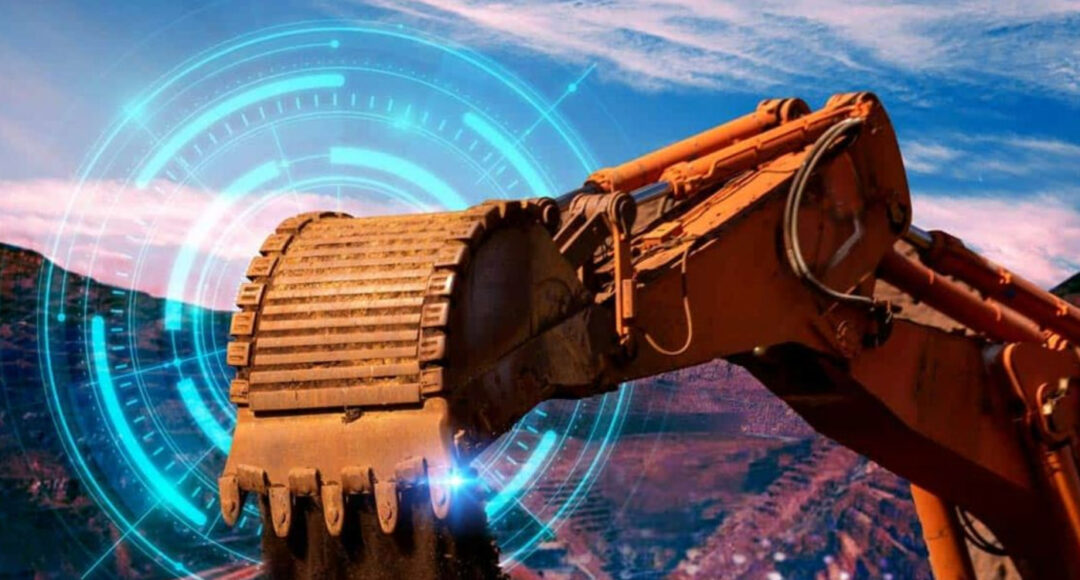Prevent ground-engaging tools from jamming crushers and the associated risks and losses
Miners have been trying to prevent ground engaging tools (GET) from jamming crushers, and the associated safety risks and productivity loss, for decades.
What’s the motivation? Safety, productivity, and maintenance.
The safety of workers on site is every miner’s top priority, and GET entering the crusher causes significant safety risks. Removing GET from the crusher is an intrinsically risky intervention, with the added danger of the component being ejected as a projectile.
Lost GET can heavily impact productivity as well. When crushers go down, millions of dollars are on the line from lost material processing. The interruption from GET loss also causes bottlenecks further up the value chain, from material quarantining to increased material rehandle.
Lastly, undetected GET loss can cause substantial downstream equipment damage, from bucket lip wear to the premature failure of wear plates and potential conveyor damage.
So, what does a GET loss detection system need to be successful?
It has to stand up to the harshest mining environments, be reliable so you can be confident in the system, and locate the lost components for maximum safety and productivity benefits. To maximise value, it should also provide data and reporting on GET usage to your operations.
Built for Mining Environments
From dust and dirt to extreme temperatures, low lighting, and any kind of weather, a mine site is one of the harshest environments that machines operate in. Not to mention the intense force, vibration, and shock diggers are subjected to, particularly in hard rock sites. Any solution for lost and broken GET must be able to operate in such conditions.
Vision-based systems, which include stereo and thermal, rely on camera systems with line of sight on GET components. All cameras have lenses, which causes issues with dust and low lighting.
And it’s not as simple as just wiping the lens. Cameras need to be mounted high to have clear sight of GET, bringing issues of access at height.
Even thermal cameras, which operate in low light conditions, can struggle in these environments. Buckets and GET run to extreme temperatures, with hot spots not uncommon, making it more difficult for the cameras to pick up on lost GET.
In contrast, GET Trakka is an integrated system of sensors and receivers installed on the machine. Because it relies on IoT-connected sensors embedded in GET components, there are no environmental issues. The GET steel protects the sensors, and extensive testing in temperature, vibration, and shock has validated performance in mining environments.
Alarms You Can Trust
Reliable GET loss systems need to have both accurate alarms and low levels of false alarms.
Operators must be notified when a GET component has been lost or broken quickly, so they can stop digging and quarantine the minimum amount of material possible.
Just as operators need to be able to trust that the alarm will sound when GET is lost, they also need to know that the alarm is legitimate. High levels of false alarms lead to operators ignoring warnings, resulting in missed GET loss events.
GET Trakka’s IoT-connected sensors have been proven to quickly alert the operator without misfiring and causing false alarms.
Find Lost GET Off the Bucket
Knowing that you’ve lost a piece of GET is the first step. But you must also locate the component before it gets anywhere near the crusher.
Currently, many mines face a time-consuming, high-cost process of truck load quarantining and sorting.
While vision-based systems are limited to sensing GET on the bucket, GET Trakka’s sensors mean that operators can scan the dig region or isolated material to quickly find the lost component and minimize searching through ore.
Maximising Value with GET Data
While GET tracking systems don’t have to record data to be effective, GET loss analysis and reliability reports can only improve your operations.
GET Trakka provides reporting on GET use, including time of last change out, number of passes since change out, and the timing of any loss alarms. With real data on your GET usage, you can start to understand the root cause of any loss or breakage, as well as GET usage and reliability.
Read the full article originally published by Mining Monthly
